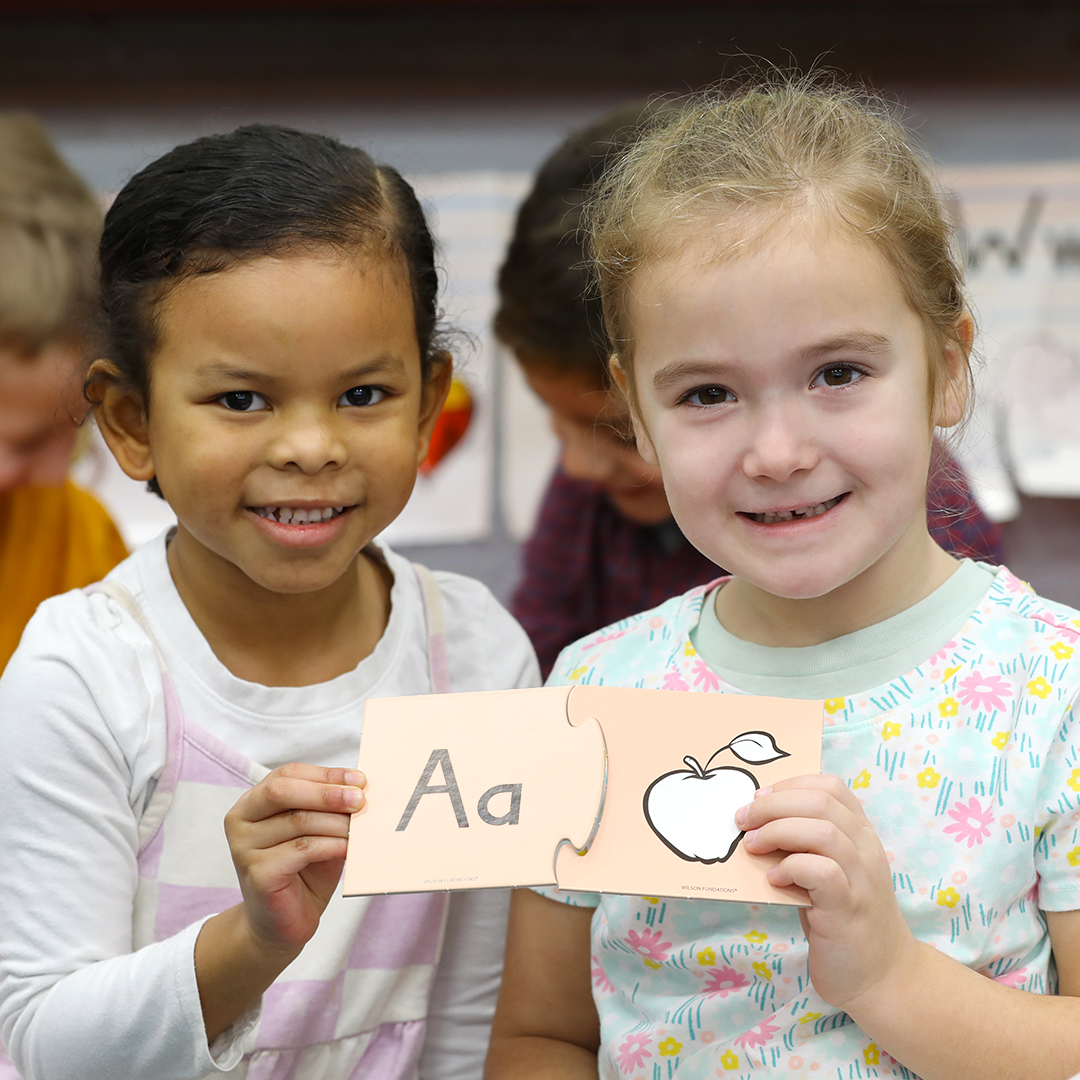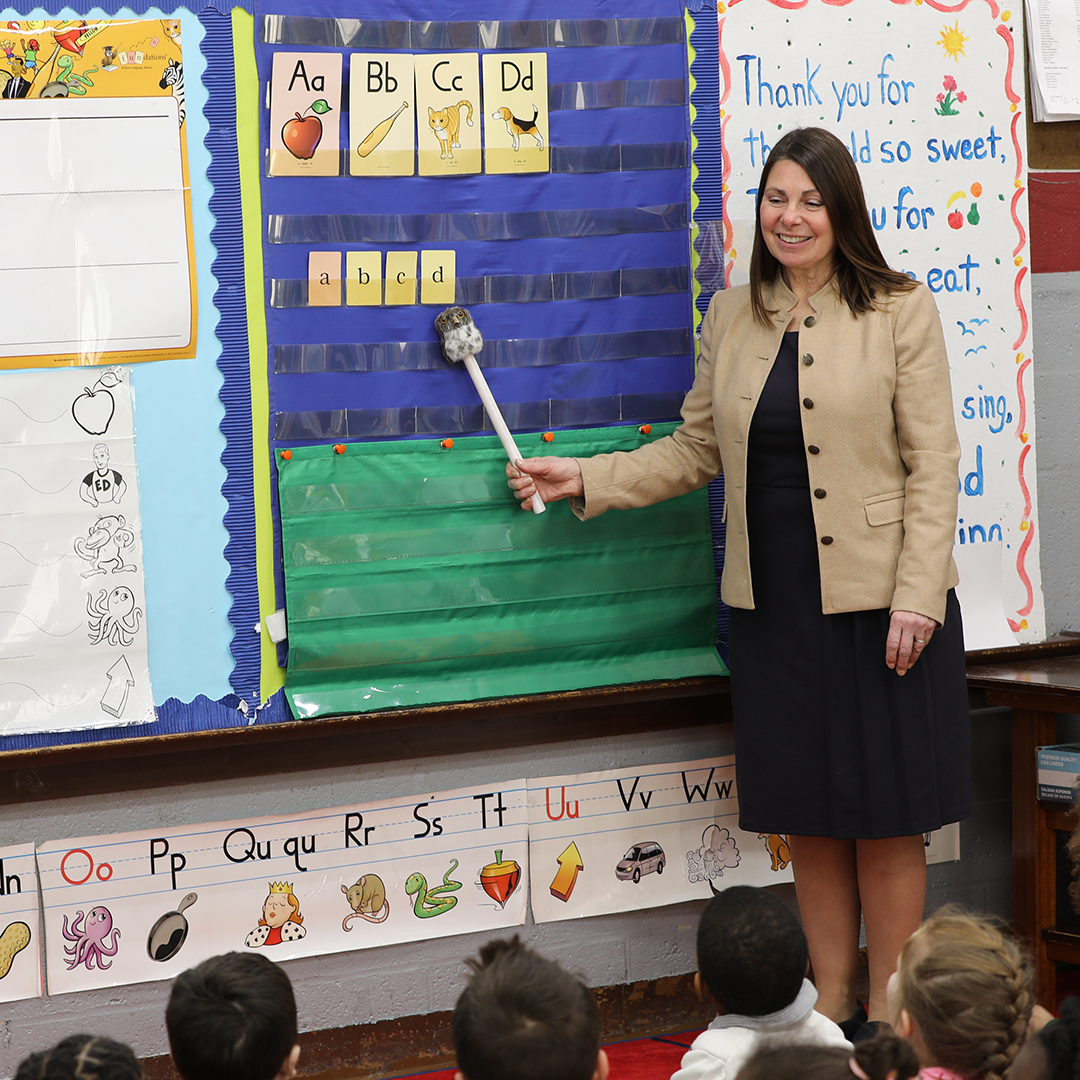The Fundations® Pre-K Activity Set provides an introduction, or “pre-dose,” to the letter sound and writing skills that are taught to mastery in the Fundations Level K program. This activity set supports students’ emerging understanding of the alphabetic principles of letter-sound associations and alphabetical order and the written language skill of manuscript letter formation. It is not intended to provide a full pre-K literacy curriculum.
Our Pre-K Activity Set follows the same principles of instruction as all of our other programs: explicit, systematic, interactive, and multisensory. Activities offer ample opportunities for students to practice and receive feedback.

The Fundations Pre-K Activity set aligns with the NAEYC Early Learning Program Accreditation Standards and Assessment Items, Head Start Early Learning Outcomes Framework/Preschooler Domain of Literacy, and the skills identified by the National Early Literacy Panel as strong predictors for later literacy development.
The NAEYC Early Learning Program Accreditation Standards and Assessment Items recognizes the development of the alphabetic principle as a goal for the preschool years. Standard 2.E—Early Literacy recommends “program plans and materials for supporting early literacy through reading, learning letters and sounds, writing, and immersion in a print-rich environment” (NAEYC, p.23). Fundations Pre-K Activity Set accomplishes these goals by:
Likewise, the Pre-K Activity Set strongly supports the following goals within the Preschooler Domain of Literacy in the Head Start Early Learning Outcomes Framework:
The skills taught in the Fundations Pre-K Activity set align with those that the Report of the National Early Literacy Panel (2008) identified as strong and consistent predictors for the later development of literacy skills:
Explicit and direct instruction is conducted in a whole-class setting in the first semester and a combination of whole-class and small-group settings in the second semester.
The amount of time for daily activities will vary, depending on where the class is in the school year and the number of students in small groups. Once students have learned many of the letters, more time will be needed for the activities, but it should not take any longer than 10-15 minutes for the whole-group instruction and 5-10 minutes for each small-group instruction (added in the second semester).
The focus during the first semester will be on teaching the alphabetic principle of letter-sound correspondence with the whole class. Students will practice:
Further development of letter-sound correspondence (alphabetic principle) will continue with the whole class, and letter formation skills will be introduced in small groups. Students will practice:
